The 10 Most Hardcore Track-Only Supercars
Most cars are designed as all-rounders, even the models that belong to the high-performance segment. An example of a high-performance all-rounder is the Aston Martin Vantage, a high-powered grand tourer that can be a weapon on track and even an everyday grocery getter.
There is no shortage of high-performance vehicles marketed as track-focused vehicles, but these are ten supercars designed explicitly for hardcore track use. While each has unique quirks and features, all share a common characteristic: undisputed track domination.
The models included in this list are arranged by the number of units produced.
Porsche 935
Production numbers: 77 units
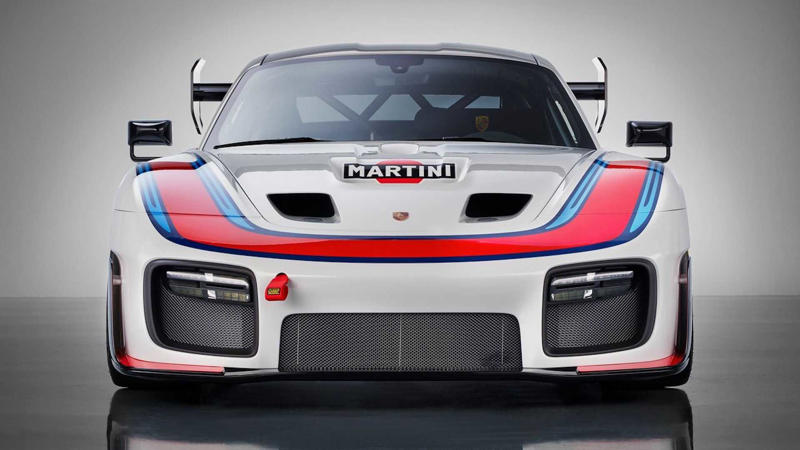
Porsche-935-2019-
Engine | 3.8-liter, twin-turbocharged, flat-six |
|---|---|
Horsepower | 700 hp @ 7,000 rpm |
Torque | 553 lb-ft @ 2,5000-4,500 rpm |
0-62 | 2.7 seconds |
The "935" moniker is nothing new to Porsche; the original bearer of the 935 designation was one of the best Porsche race cars ever created. The model we are discussing in this list is the modern rendition of the Porsche 935, unveiled to the world in 2018 at the Rennsport Reunion. Porshe's modern "Moby Dick," the nickname given to its predecessor, retained the iconic styling of the original race car with its styling resulting in a model measuring nearly 16 feet long and roughly 6.6 feet wide.
The 700 hp race car began life as a Porsche 911 GT2 RS, replacing most of its body with carbon-fiber composite parts. Featuring the same wide hips, contoured flank, large rear wing, and a front bumper design reminiscent of the original Porsche 935. At the core of the carbon-fiber-laden Porsche is the same engine used in the standard GT2 RS that motivates the 3,000-pound supercar.
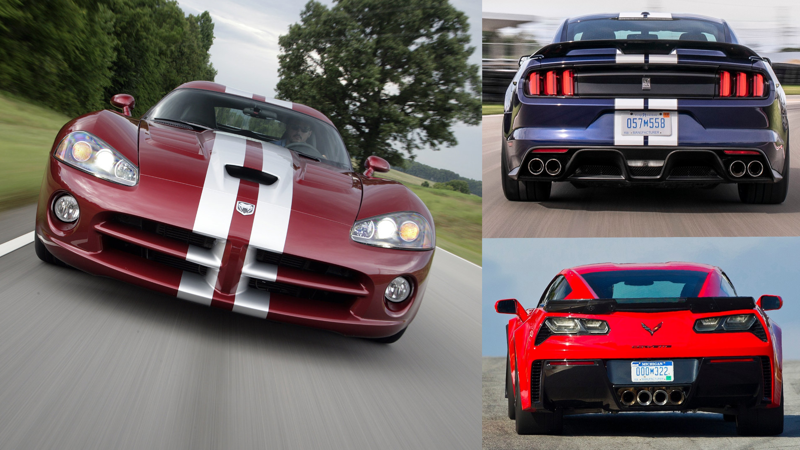
track cars
The Top 10 Used Performance Cars for Track Days
Thinking of buying a car for demanding track days. These are ten perfect performance cars that will get the job done.
Brabham BT62
Production numbers: 70 units
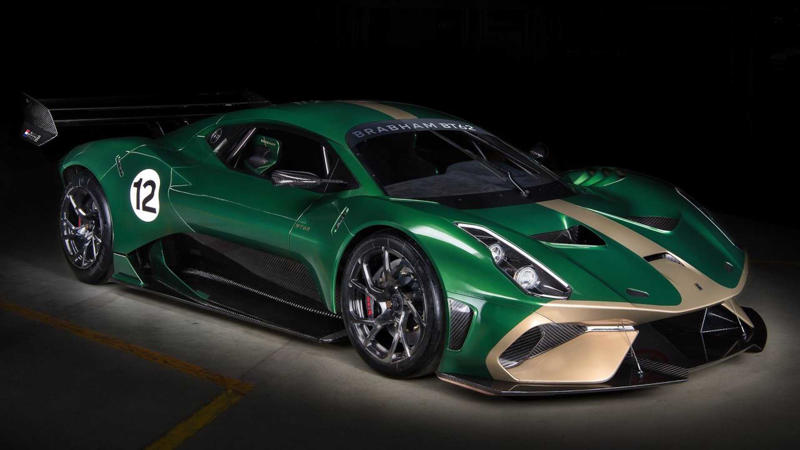
Brabham-BT62-2019-3
Engine | 5.4-liter, naturally aspirated, V8 |
|---|---|
Horsepower | 700 hp @ 7,400 rpm |
Torque | 492 lb-ft @ 6,200 rpm |
0-60 | < 3 seconds |
Brabham Automotive was an Australian automotive company that set its sights on creating a mid-engine track-only supercar as its first venture following its founding in 2018. Before the company became defunct, the automotive company was developing the Brabham BT62, which relied on the efforts of a mid-mounted Ford Modular V8 engine that had gone through significant changes and upgrades.
That potent American V8 was envisioned to be paired with a six-speed Holinger sequential transition, and this impressive powertrain was going to be housed in the BT62's tubular metallic chassis that was paired with a carbon fiber body, resulting in a total curb weight of only 2,142 pounds. Stopping power came from carbon fiber brake pads, poise from a double wishbone suspension system at both ends, and stability from the many bits of aerodynamic elements strewn across its physique.
McLaren P1 GTR
Production numbers: 58 units

McLaren-P1_GTR-2015-
Engine | 3.8-liter, twin-turbocharged, V8 |
|---|---|
Horsepower | 986 hp |
Torque | 664 lb-ft |
0-62 | 2.8 seconds |
Down with the shackles of road car regulations! Who needs road safety-compliant cars? Look at how amazing the McLaren P1 GTR is compared to the standard McLaren P1, which does not need to adhere to the same regulations enforced on road cars. McLaren's efforts to further one of the best hypercars ever resulted in a highly capable track weapon with a more powerful V8 than the P1, which features an ERS-style push-to-pass system and a rear wing with a Formula 1 Drag Reduction System.
Body elements like the wing mirrors have been moved back to improve line of sight and reduce aerodynamic drag. Compared to the McLaren P1, a model whose performance still holds up today, it does not hold a candle to the ludicrousness of the GTR offshoot, which is one of the craziest and most expensive track-only models on this list.
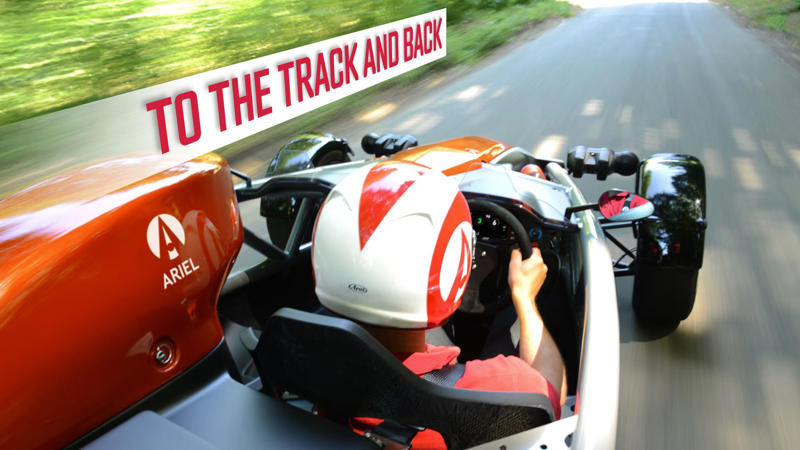
To-The-Track-And-Back
10 Reasonably Priced Cars You Can Drive To A Track Day Straight Off The Showroom Floor
There are many sports cars out there sold as "track-ready," but are they really?
Ferrari FXX K
Production numbers: 40 units

Ferrari-FXX_K-2015-4
Engine | 6.3-liter, naturally aspirated, hybrid, V12 |
|---|---|
Horsepower | 1,036 hp |
Torque | 664 lb-ft |
0-60 | 2.4 seconds |
Ferrari's XX program is one of the coolest factory-backed track programs and one that is notorious for its focus on exclusivity. The Italian automaker used the program to test race-derived technology that would eventually make its way to production cars and, as such, has been the home of some of the most hardcore and cool Ferraris ever created, and the FXX K is a model that sits at the top of the XX model hierarchy.
It is the ultimate rendition of the Ferrari LaFerrari, and its main motivators are a modified V12 paired with a capable electric motor to produce a total output north of 1,000 hp. Ferrari8's HY-KERS system was optimized for this application and focused on performance.
Gordon Murray Automotive T.50S Niki Lauda
Production numbers: 25 units
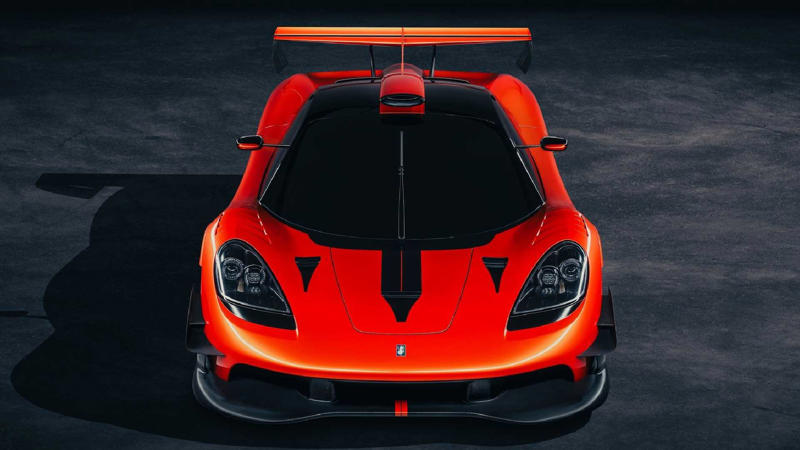
t50 niki lauda
Engine | 3.9-liter, naturally aspirated, V12 |
|---|---|
Horsepower | 761 hp @ 11,500 rpm |
Torque | 357 lb-ft @ 9,000 rpm |
0-60 | < 3 seconds |
Gordon Murray Automotive is one of the last automakers to produce models that are focused on driving pleasure features rather than mass-produced appliances with an inclination to performance. The Gordon Murray Automotive T.50 is a wonderful performance vehicle, but the T.50S Niki Lauda is the undisputed track weapon in the GMA stable. Hundreds of components in the T.50 were changed and altered for track application.
This means that aerodynamic efficiency has improved, with the T.50S Niki Lauda capable of generating more downforce than the car weighs and is now powered by a revised version of the Cosworth/GMA V12 engine that has more power.
Aston Martin Vulcan
Production numbers: 24 units
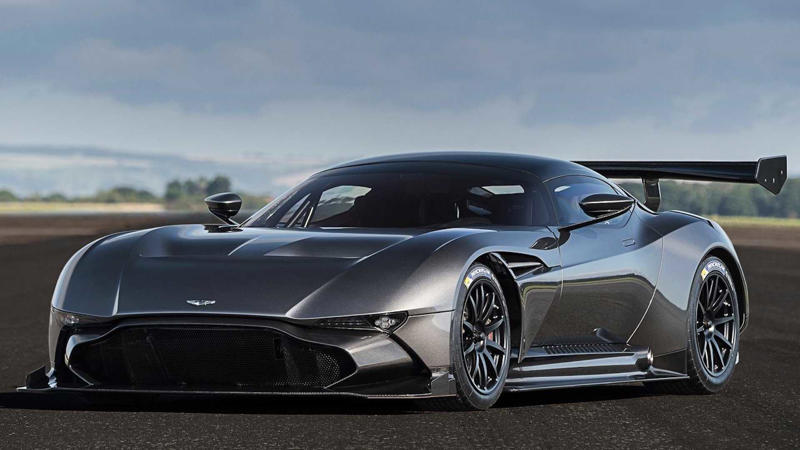
Aston_Martin-Vulcan-2016-4
Engine | 7.0-liter, naturally aspirated, V12 |
|---|---|
Horsepower | 820 hp @ 7,750 rpm |
Torque | 575 lb-ft @ 6,500 rpm |
0-62 | 3 seconds |
The Aston Martin Vulcan is a track-only model that the British automaker intended to duke out with Ferrari's FXX K and McLaren's P1 GTR. As such, the Vulcan possesses an arsenal of components to help it achieve its go-faster aspirations. A carbon-fiber monocoque is the skeleton of the sultry two-seater overlayed by a carbon-fiber body.
A carbon fiber driveshaft connects the efforts of the high-horsepower V12 to the rear wheels. An Xtrac six-speed sequential is paired with the Vulcan's power plant and, like the rest of the models on this list, relies on a set of large carbon ceramic brakes to bring its lightweight frame to a halt. Only 24 examples of this potent Aston Martin were planned for production.
Mercedes-Benz SLR McLaren 722 GT
Production numbers: 21 units

Mercedes-Benz SLR McLaren 722 GT 2
Engine | 5.4-liter, supercharged, V8 |
|---|---|
Horsepower | 670 hp @ 6,500 rpm |
Torque | 612 lb-ft |
0-60 | 3.3 seconds |
The Mercedes-Benz SLR McLaren is a machine centered around neck-spraining performance, and the version bearing the 722 GT suffix is a hardcore evolution of an already hardcore supercar. This version was designed specifically for use on a racetrack, and as such, the 722 GT features a revised suspension, braking, aerodynamics, and exhaust system.
Over 400 components in the standard Mercedes-Benz SLR McLaren were revised for the 722 GT model. Power was increased, weight reduced, handling improved, and performance increased significantly.
Lamborghini Sesto Elemento
Production numbers: 20 units
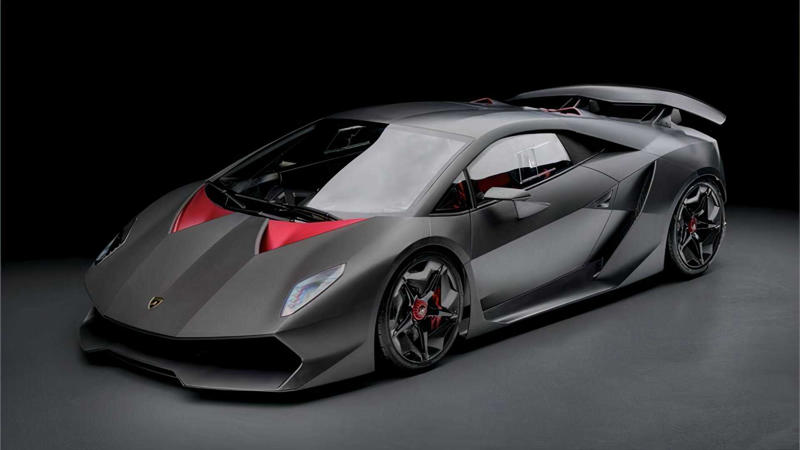
2011 Lamborghini Sesto Elemento Front Angle View
Engine | 5.2-liter, naturally aspirated, V10 |
|---|---|
Horsepower | 570 hp |
Torque | 398 lb-ft |
0-62 | 2.5 seconds |
The Lamborghini Sesto Elemeto is a Lamborghini Gallardo forced to go on a serious diet. Nearly everything in the Sesto Elemento is made up of carbon fiber. The suspension system, drive shafts, wheels, body, and chassis were made from carbon fiber. It was the first Lamborghini model to utilize forged carbon fiber, developed by Lamborghini and Callaway Golf Company.
To offer some perspective on the extent of Lamborghini's weight-saving efforts, the Lamborghini Gallardo Superleggera, which the Sesto Elemento was based on, weighed 3,434 lbs, whereas the Sesto Elemento weighed 2,202 lbs.
Pagani Zonda R
Production numbers: 15 units

Pagani-Zonda_R-2009-3
Engine | 6.0-liter, naturally aspirated, V12 |
|---|---|
Horsepower | 750 hp |
Torque | 524 lb-ft |
0-60 | < 2.7 seconds |
The Pagani Zonda R is the track-focused offshoot of the Pagani Zonda and was unveiled at the 2007 Geneva Motor Show. Like the Aston Martin Vulcan, the Pagani Zonda R was positioned in the same segment as the Ferrari FXX and the Maserati MC12 Corsa. As a track-only vehicle, it's not surprising that at its core is an engine sourced from the competition version of the Mercedes-Benz CLK GTR.
That 6.0-liter power plant powered an almost entirely brand-new car, reportedly sharing roughly 10% of its components with the Pagani Zonda F. It was Pagani's test bed for the technology and components that would be used in the Zonda's successor, the Pagani Huarya. Laden with carbon fiber, lighter and more powerful than the standard Zonda, the Pagani Zonda R's performance culminated in the model beating the Ferrari 599XX's Nürburgring lap record in 2010.
Maserati MC12 Corsa
Production numbers: 12 units
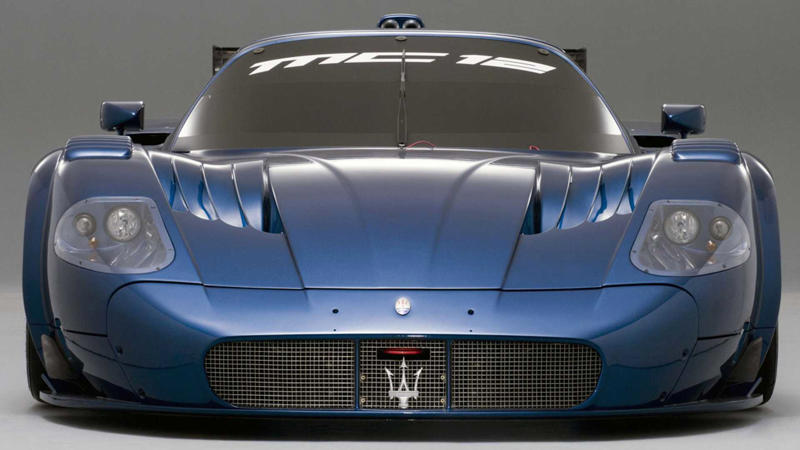
Maserati-MC12_Corsa-2006-
Engine | 6.0-liter, naturally aspirated, V12 |
|---|---|
Horsepower | 755 hp @ 8,00 rpm |
Torque | 546 lb-ft @ 5,500 rpm |
0-62 | < 3 seconds |
In the mid-2000s, Maserati introduced a limited series of vehicles to satisfy its customer's demands for the ultimate track experience. It was intended for non-competition use, but it was based on the automaker's hardcore Maserati MC12 GT1 racing car that secured a victory in the 2005 FIA GT World Endurance Championship.
Some of the features carried over from the GT1 race car included its engine and its physique. However, the Maserati MC12 Corsa had a higher power output than the GT1 race car because it didn't need to employ air intake restrictors. This track-only Maserati that wasn't at the mercy of race regulations weighed just 2,500 pounds and could reach 124 mph from a standstill in less than 6.5 seconds, and each of the 12 examples demanded roughly $1.4 million.














































